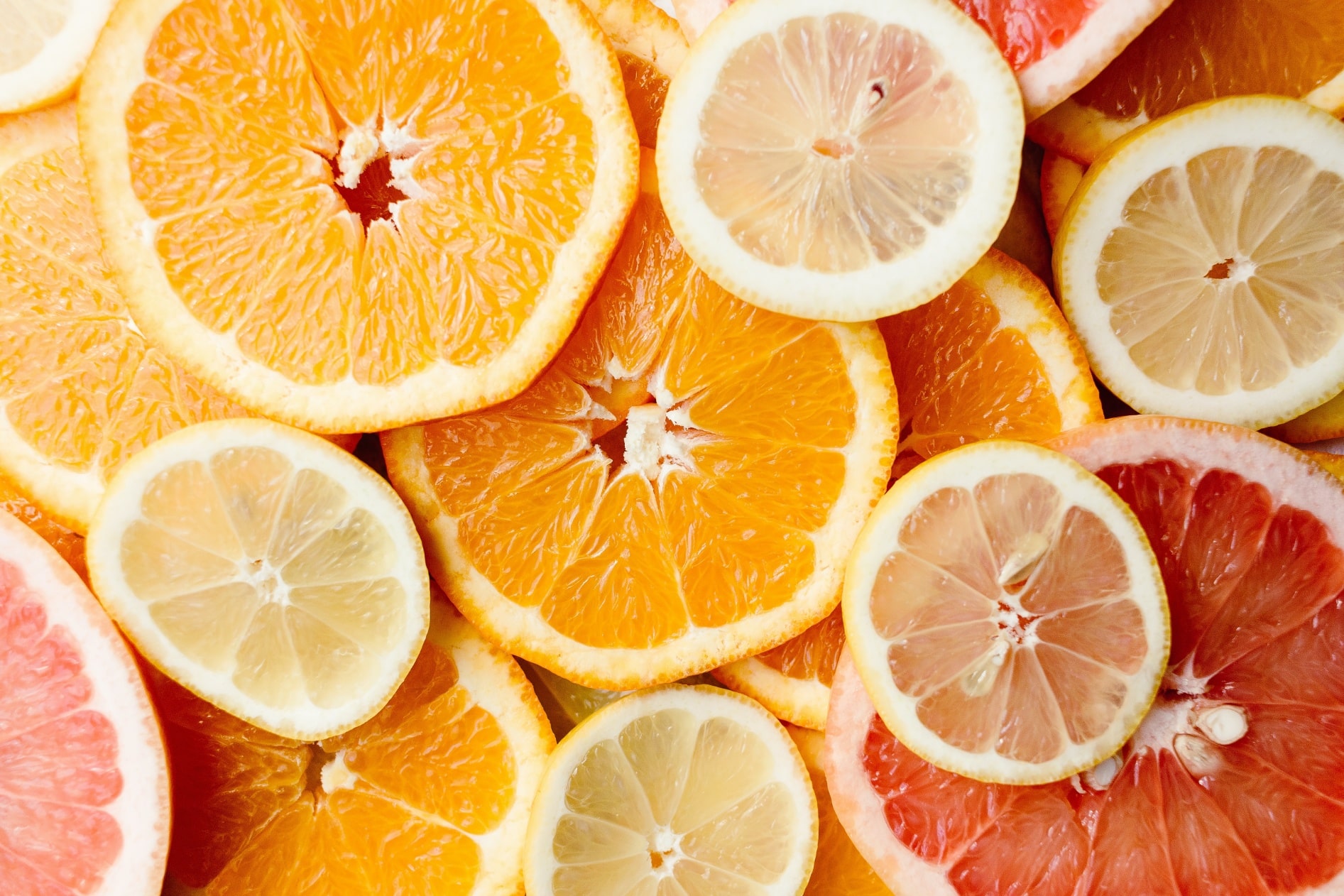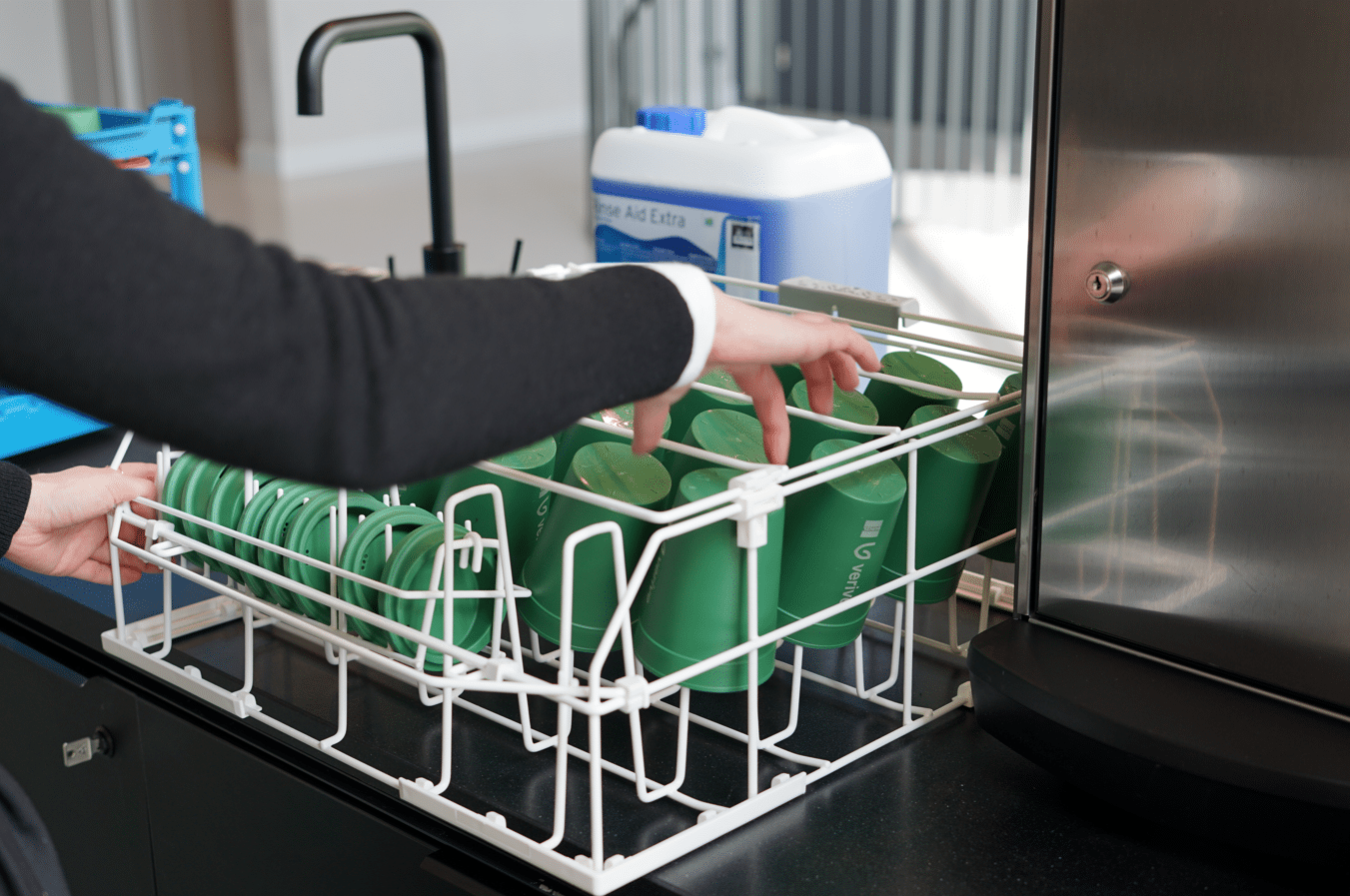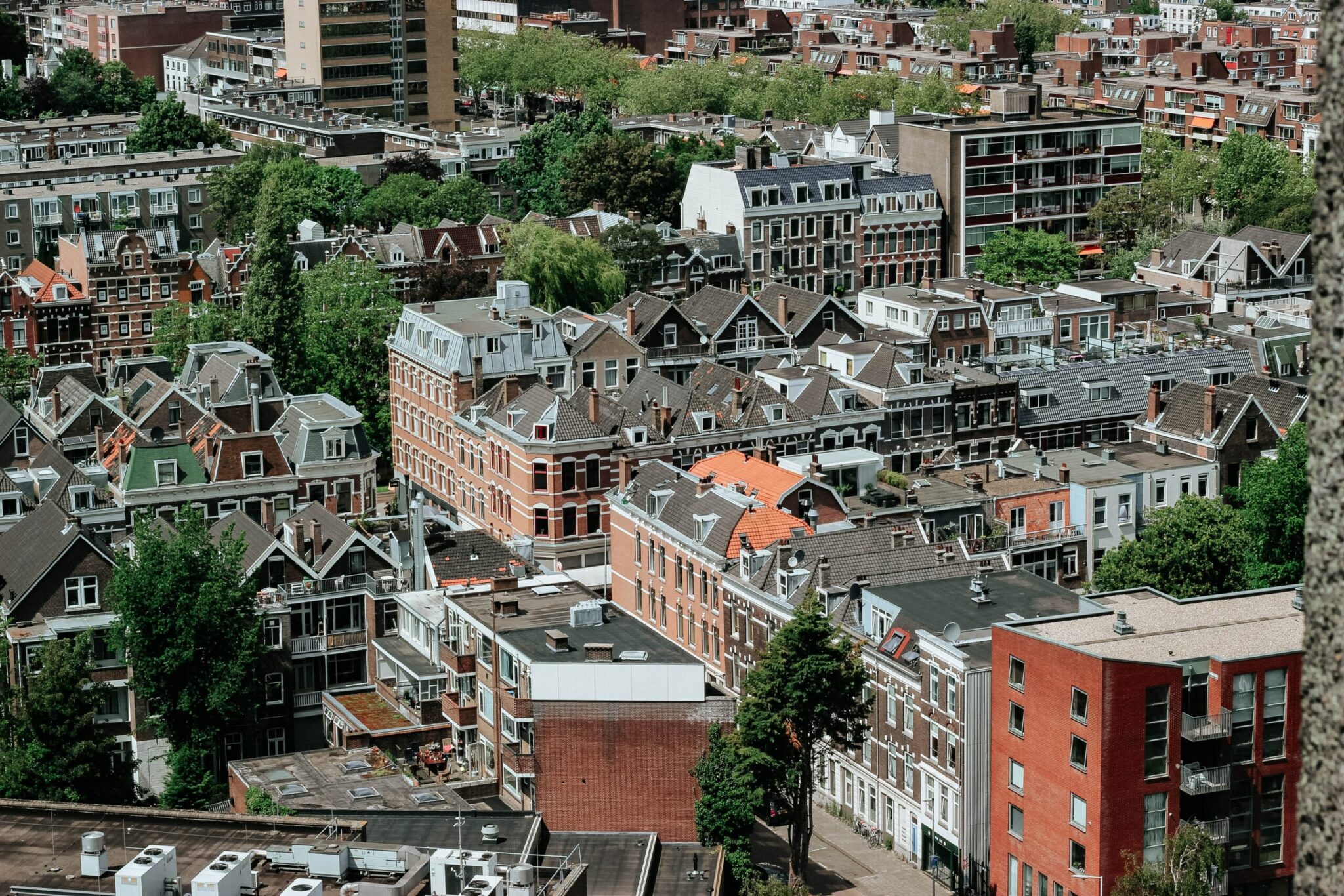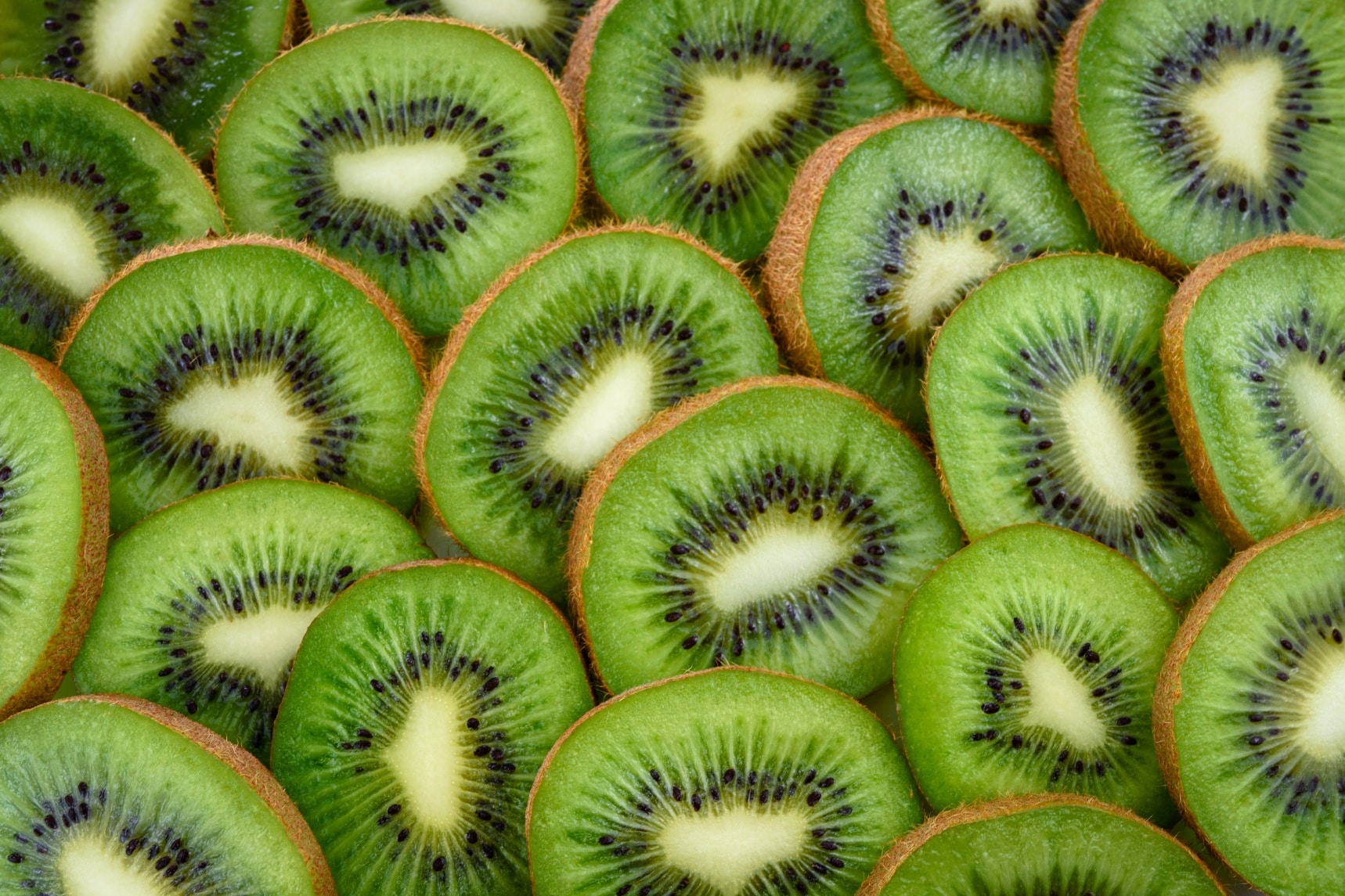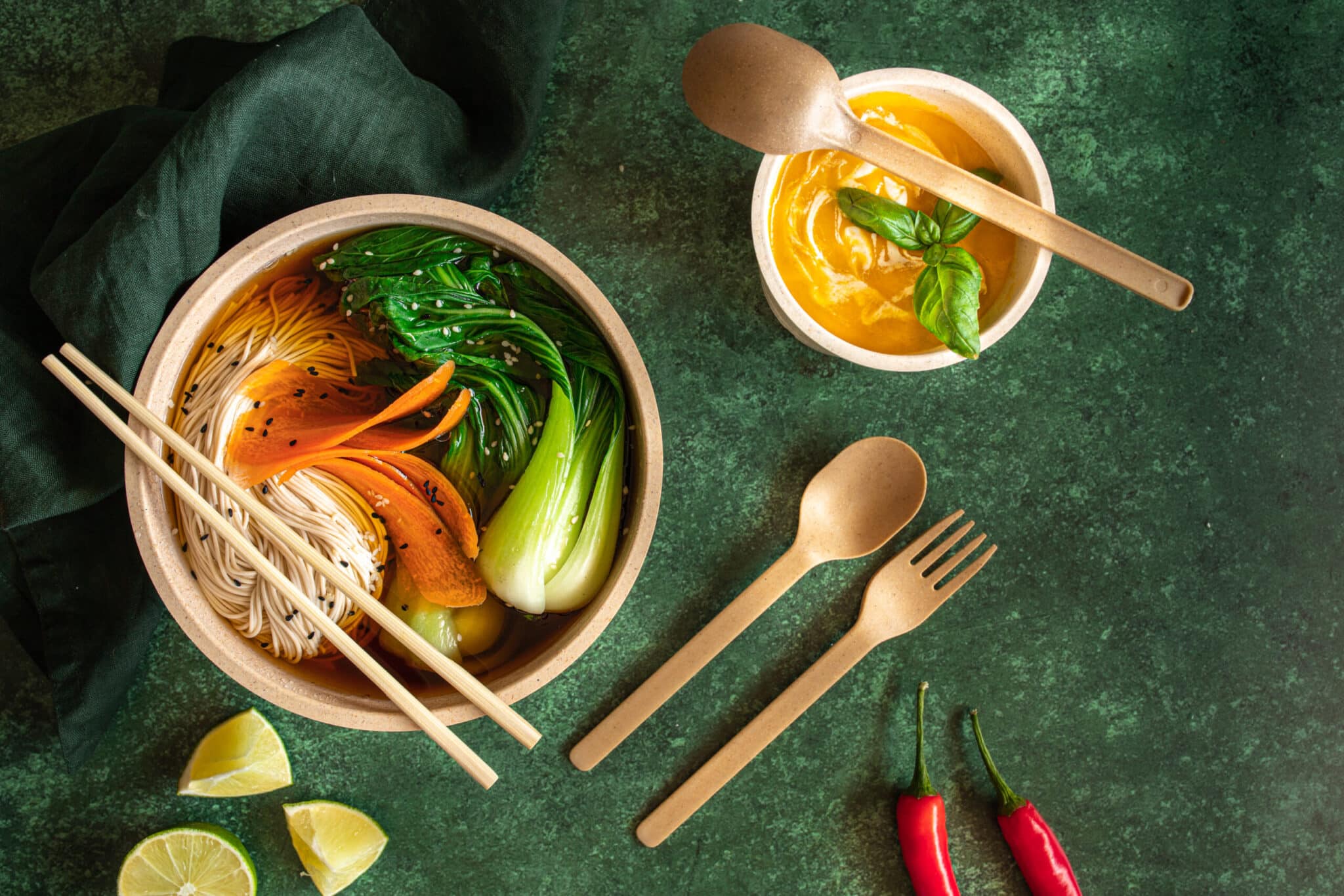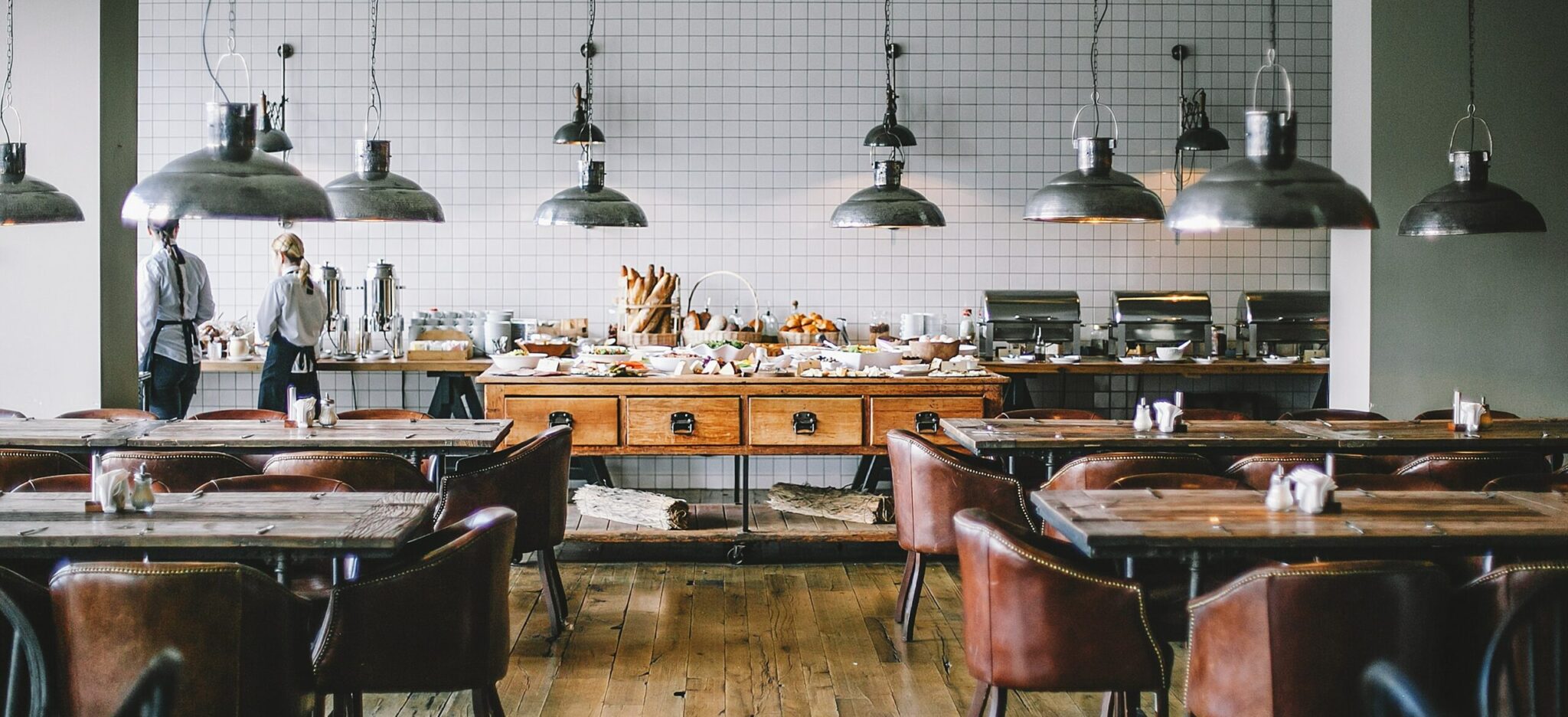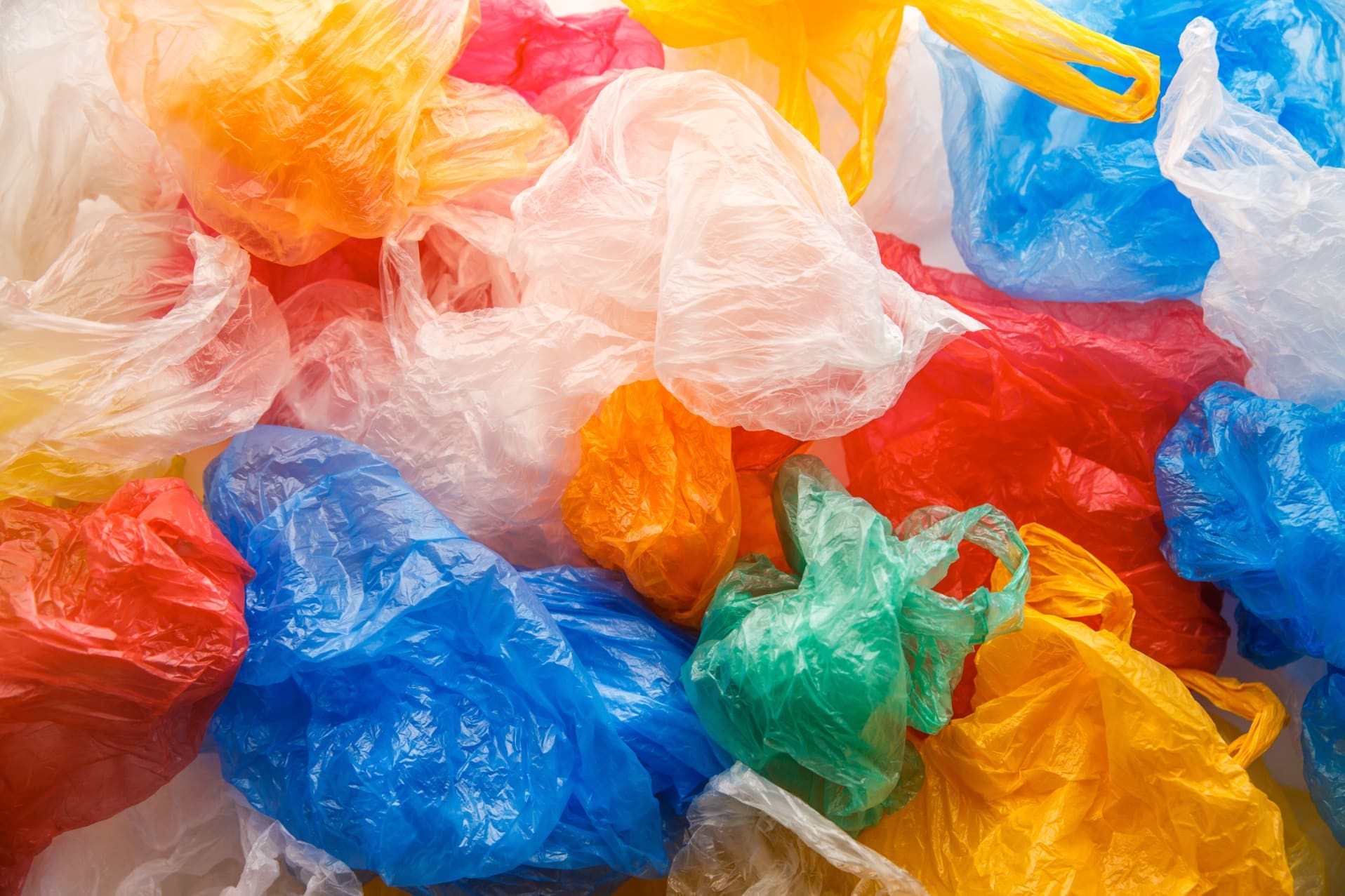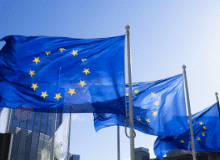About this article
Food waste is a big and growing problem that accelerates climate change. The right choice of packaging can help in the fight against food waste – without causing more problems than it solves.
We might not think of the food we eat as being a problem for the environment in the same way we think of cars, planes and plastics. But in fact, global food production is responsible for of all greenhouse gas emissions. This is due to emissions from agricultural practices, the loss of forests for farming, and the resources needed to process and transport food to our shelves.
Unnecessary emissions
Despite this, we waste an astonishing of the food we produce globally. And if this food waste was a country, it would have the greenhouse gas footprint after the U.S. and China. Wasting food doesn’t only create unnecessary emissions; unwanted food also emits methane as it breaks down. Methane is a greenhouse gas more potent, in the short term, than carbon dioxide.
We waste one-third of the food we produce globally
Where food waste happens
Food is lost at every stage of its planned journey from farm to fork in different ways. For example, food is lost:
– It spoils soon after it leaves the farm
– It is rejected for not meeting size or shape standards
– It surpasses its sell by date on supermarket shelves
– It is thrown away from our fridges, cupboards and dinner plates
In Europe, consumers are responsible for of food waste; almost all the rest happens before it even reaches our kitchens.
How packaging can help
Food waste is playing a huge part in the climate crisis – and it’s a difficult problem to solve. One of the tools needed in the fight against food waste is packaging, which can increase the shelf life of food, prevent spoilage, and ensure all the food in a carton or bottle is used. A U.S. study found that up to is caused by inefficient packaging size or design. Using sufficient packaging, designs that make it easy to use up all the contents (for example, containers for condiments), and smaller portioning of bulk fresh foods can all make a difference.

Isn’t packaging bad for the environment?
Packaging can, of course, also be bad for the environment. Excessive plastic wrapping – as seen in photos shared widely on social media of bananas wrapped in cellophane, and peeled and packaged satsumas – could contribute to plastic pollution. But there is a risk that demonising packaging can distract us from the huge global problem that is food waste. Research by Zero Waste Scotland has found that food waste is a bigger cause of climate change than plastics.
Packaging food responsibly
Of course, consideration of the type and amount of packaging used is critical if its positive impact is to be maximised. The need to avoid food waste is never an excuse to use excessive packaging that doesn’t effectively protect food or prolong its shelf life. And circular materials such as recyclables and compostables can prevent food from spoiling, while not becoming harmful waste themselves.

Food waste should remain a top priority
Food system supply chains are huge, complex, and growing. Tackling the issue of food waste should remain a top priority if we are to meet global goals, and packaging has an important part to play – as long as smart design and careful decision making about materials ensure it is a help rather than a hindrance.
We’re happy to help
Do you want to make the most sustainable choices when it comes to packaging? Get in touch with one of our sustainability experts, we’re happy to help.
